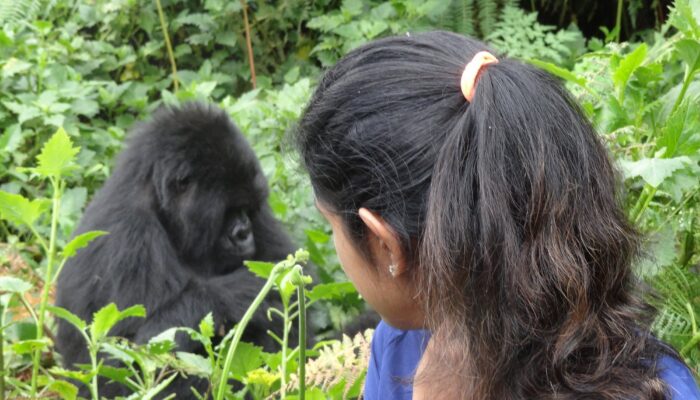When To Visit Volcanoes National Park
Volcanoes National Park is open for for gorilla trekking, golden monkey tracking among other activities throughout the year. However, the dry season which runs from June to September & December to March is considered the best time to visit Volcanoes National Park.
The dry months of: June, July, August, September, December, January, February and March encompass, usually coincide with the best time to visit Africa for wildlife activities, because most game drive tracks are dry, there is less/no rainfall, clear blue skies for photography, and trekking/hiking trails are less muddy, which leads to greatest number of visitors, flocking into Volcanoes National Park for gorilla trekking, alongside other wildlife adventure & hiking activities combined
.
